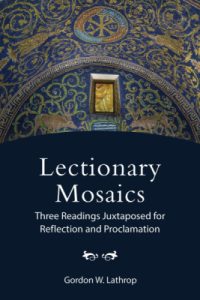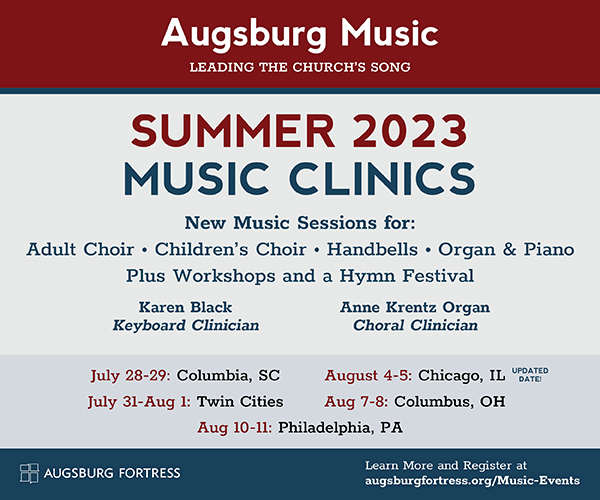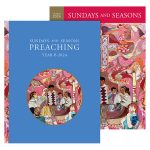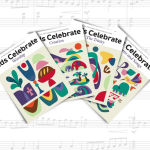Each month ELCA Worship highlights resources and events from other organizations and institutions. These Lutheran and ecumenical partner organizations work alongside the ELCA to support worship leaders, worship planners, musicians, and all who care about the worship of the church.
Music that Makes Community (MMC) practices communal song-sharing that inspires deep spiritual connection, brave shared leadership, and sparks the possibility of transformation in our world.
Whether you are just starting to think about worship plans for Advent and Christmas or have been actively planning all summer, please join MMC for two offerings over the next month. On Oct. 28, we will gather in Chicago for a morning “Advent Worship Planning and More” workshop. The second session is a virtual Advent Planning Drop-In on Nov. 2 for Advent planners to continue exploring and envisioning worship experiences for this year.
If you missed the online Advent Worship Planning Workshop in late September, you can purchase a video recording and accompanying materials. Check the MMC website calendar for events in your community held by our local practitioners.
What a response to our September survey. If you contributed thoughts and ideas, “Thank you!” Later this fall watch for a call for paperless songs to sing in support of Native Rights in partnership with “The Coalition to Dismantle the Doctrine of Discovery.”
We are seeking volunteers to join our Board of Trustees, particularly folks with financial or legal backgrounds. If you’re interested, please send us an email.
ALCM nurtures and equips musicians to serve and lead the church’s song.
“From Generation to Generation: Ponder Anew.” This conference provides opportunities for attendees to strengthen their gifts and explore new skills through workshops, discussions, and hands-on learning experiences. In addition, the 2024 conference will celebrate the 300th anniversary of Johann Sebastian Bach’s St. John Passion, including a stunning performance led by Dr. Christopher Cock. (Made possible through a generous gift from Pauline and John Kiltinen.) Registration opens mid-October!
Nominate students for Lutheran Summer Music
It’s not too soon to nominate a student for LSM 2024. With enrollment for next summer already over 50% full, it will be important for interested students to apply early! Know a high school student who would benefit from the life-giving and joyful musical community at LSM? Nominate them today or contact admissions@lutheransummermusic.org for more information. LSM 2024 takes place at Valparaiso University from June 30 through July 28, 2024.

An interdisciplinary study and ministry center that promotes the scholarly study of the theology, history, and practice of Christian worship and the renewal of worship in worshiping communities across North America and beyond.
The Vital Worship, Vital Preaching Grants Program at the Calvin Institute of Christian Worship is designed to foster, strengthen and sustain well-grounded worship in congregations Grants to worshiping communities stimulate thoughtful and energetic work that will result in worship services that exhibit renewed creativity, theological integrity, and relevance. Learn more about Worshiping Communities Grants. The deadline for this round of proposals is October 15. Future dates for submissions include Feb. 15 and June 15, 2024.
Augsburg Fortress is an imprint of 1517 Media, the publishing ministry of the Evangelical Lutheran Church in America
Come, Emmanuel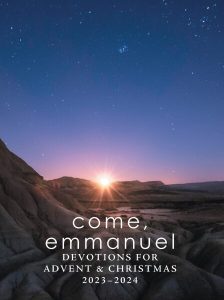
Explore the Advent season and celebrate the joy of the twelve days of Christmas and the day of Epiphany. Come, Emmanuel includes daily devotions for the first Sunday of Advent (December 3, 2023) through Epiphany (January 6, 2024). In addition to devotions, the book offers household blessings and prayers to enrich your preparations and celebrations.
Call to Allyship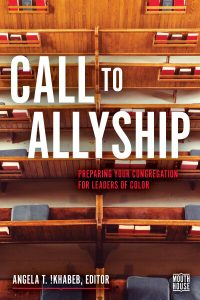
How can churches do the work of becoming allies for the leaders they call? In belonging to a predominantly white denomination, ELCA members are called to listen and learn from its leaders of color to recognize the assumptions, biases, and harmful actions that result when congregations don’t do the work to become allies. Authors offer wisdom, storytelling, and concrete suggestions for churches preparing to call a leader of color. Call to Allyship is a must-read for call committees, church councils, social justice teams, and anyone prepared to do the work of understanding, welcoming, and celebrating these leaders.
Ashes to Action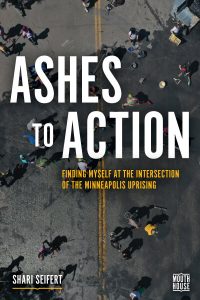
After the world witnessed the murder of George Floyd in Minneapolis, a passionate uprising erupted, with the intersection of 38th and Chicago at its epicenter. One block away stood Calvary Lutheran Church, an ELCA congregation whose members had engaged in racial justice work for years.
In Ashes to Action, Shari Seifert provides her riveting first-person account of the events following May 25, 2020. Shari joined others in the Calvary community to show up, listen, and ask what was needed in the moment. As the lines between her congregation and neighborhood blurred, the way toward a faithful response because clearer. This personal narrative stays rooted in the context of community, immersing readers in the days, weeks, and months following the uprising.
Unscheduled Grace: 40 Reflections and Prayers for College Students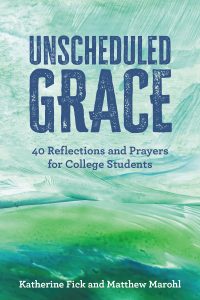
A collection of devotions and prayers. This book can accompany students through the changes, challenges, and joys of college living, including homework, relationships, stress, vocation, and more. Through all its entries, the authors assure readers that no matter what they face, their lives are blessed by the unscheduled grace of God. Authors Matt Marohl and Katie Fick are campus pastors at St. Olaf College in Northfield, Minnesota.
Remind Me Again Facilitator Guide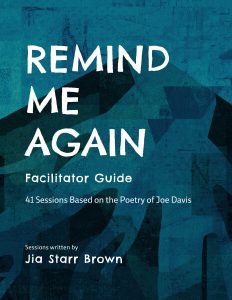
Rev. Jia Starr Brown has developed 41 lessons based on Joe Davis’s poems in Remind Me Again. Each lesson helps you have meaningful discussions about Joe’s poetry as well as helping guide you to form more meaningful connections with your own community.
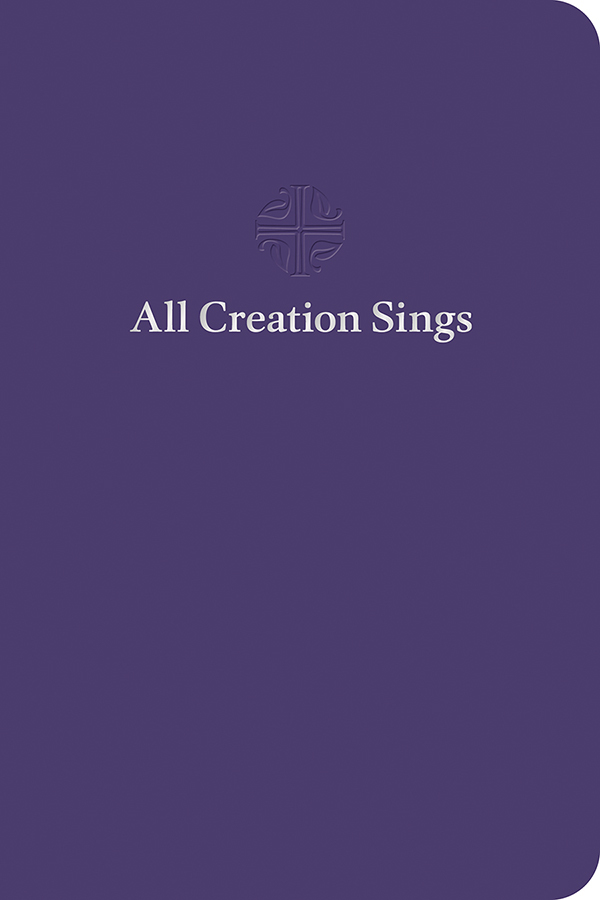 This month we celebrate the third anniversary of All Creation Sings, the worship and song supplement to Evangelical Lutheran Worship. As you look ahead to the incarnation cycle of the church year (Advent, Christmas, Time after Epiphany), consider these resources to support your new or continued exploration of All Creation Sings.
This month we celebrate the third anniversary of All Creation Sings, the worship and song supplement to Evangelical Lutheran Worship. As you look ahead to the incarnation cycle of the church year (Advent, Christmas, Time after Epiphany), consider these resources to support your new or continued exploration of All Creation Sings. Looking for a simple framework for your Advent midweek service? The basic outline of Service of Word and Prayer (ACS pp. 42-45) can be contextualized to fit your needs. This video gives help for using the service. If you are a Sundays and Seasons subscriber, visit the SSCOM library (Sundays and Seasons Resources/Seasonal Rites/Seasonal Rites for Advent) for Advent midweek services based on the ACS Service of Word and Prayer, including “Holy Darkness: A service of Word and Prayer for Advent” and “Pause, Prepare, Ponder: An Advent Midweek Series.”
Looking for a simple framework for your Advent midweek service? The basic outline of Service of Word and Prayer (ACS pp. 42-45) can be contextualized to fit your needs. This video gives help for using the service. If you are a Sundays and Seasons subscriber, visit the SSCOM library (Sundays and Seasons Resources/Seasonal Rites/Seasonal Rites for Advent) for Advent midweek services based on the ACS Service of Word and Prayer, including “Holy Darkness: A service of Word and Prayer for Advent” and “Pause, Prepare, Ponder: An Advent Midweek Series.” Teach a new Christmas hymn such as “Night Long Awaited/Noche Anunciada.” In addition to this blog post, there is a short description of this and every hymn/song in All Creation Sings through Sundays and Seasons. This Augsburg Fortress blog post describes the value of these brief descriptions.
Teach a new Christmas hymn such as “Night Long Awaited/Noche Anunciada.” In addition to this blog post, there is a short description of this and every hymn/song in All Creation Sings through Sundays and Seasons. This Augsburg Fortress blog post describes the value of these brief descriptions.


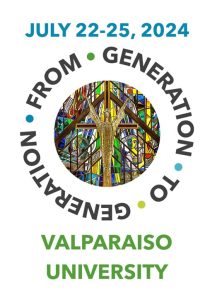
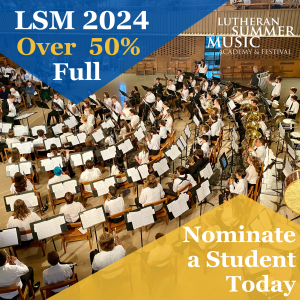







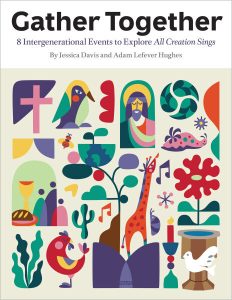
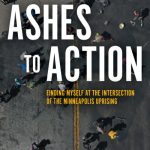
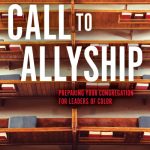
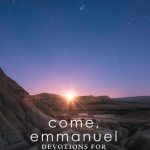
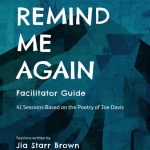
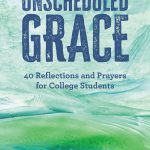
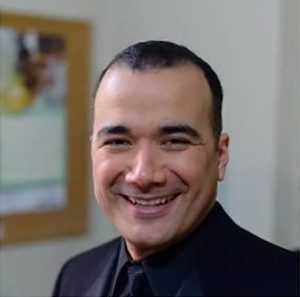 Treasures All Around: Hymns Reimagined for Native Ears”
Treasures All Around: Hymns Reimagined for Native Ears”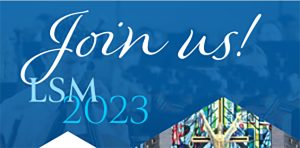
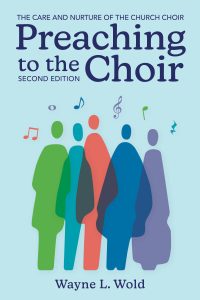
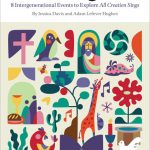
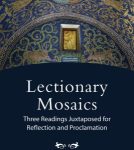
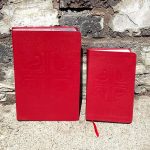
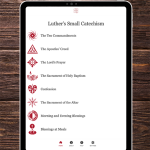
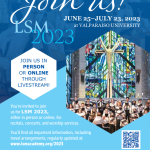
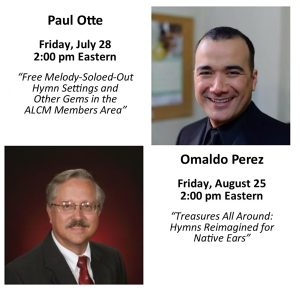
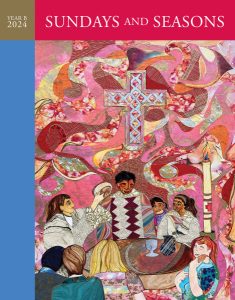
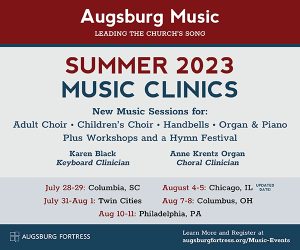
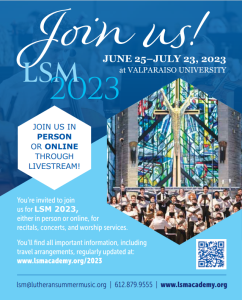
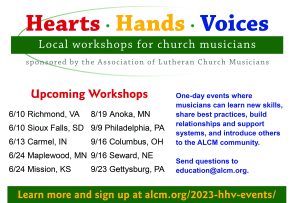
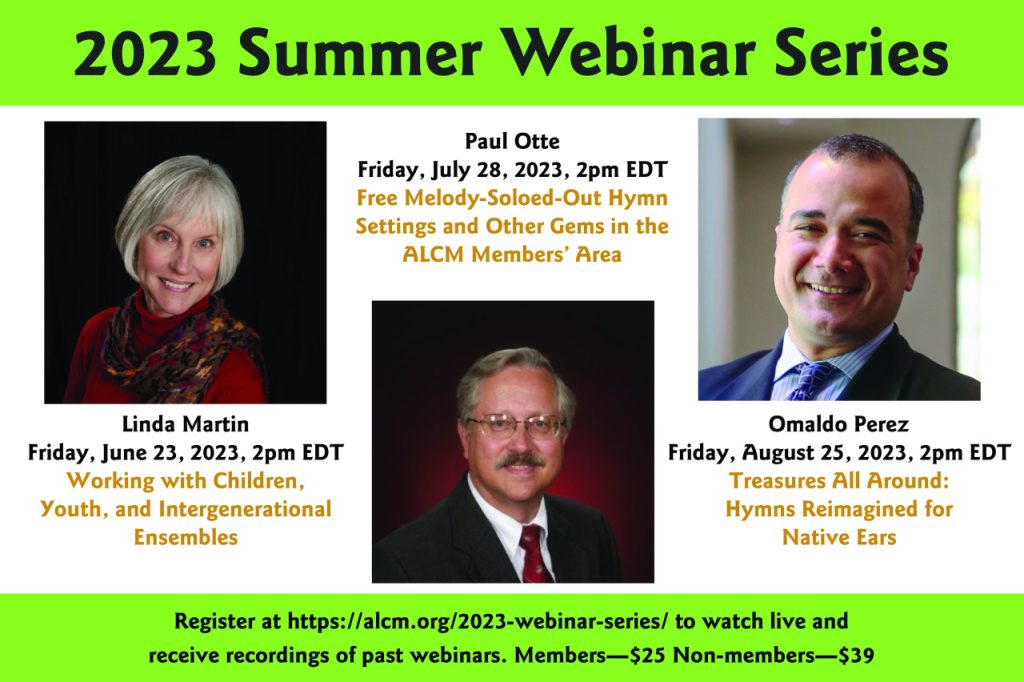
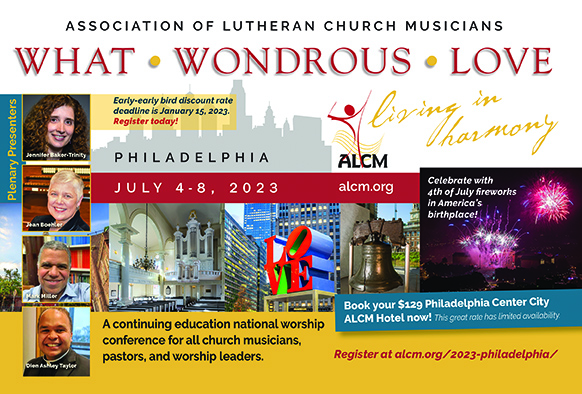

 Journey to Baptismal Living
Journey to Baptismal Living